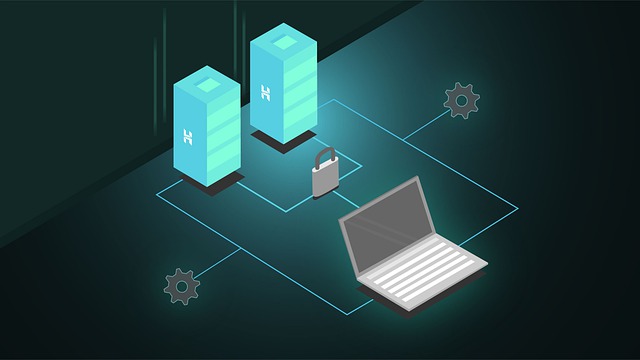With BIM (Building Information Modeling), data centralization ensures that information is accessible to all stakeholders in real-time, from architects to engineers and contractors.
The main advantage of this centralization is the elimination of errors caused by duplication or inconsistencies in data. Each element of the BIM model represents both the three-dimensional geometry and information related to materials, costs, and technical specifications. This facilitates informed decision-making and ensures consistency across all project phases.
Types of Databases Used in BIM
To manage the vast amount of information generated by a BIM project, various types of databases are employed, each designed to fulfill specific functions:
- Relational Databases (RDBMS):
These organize information into tables linked by keys, enabling complex and organized queries. They are ideal for storing schedules, budgets, and structured data. Popular examples include:- MySQL
- PostgreSQL
- Microsoft SQL Server
- NoSQL Databases:
These are used to organize and manage large volumes of unstructured or semi-structured data. They are helpful for managing metadata generated by BIM models. Examples:- MongoDB (JSON documents)
- Cassandra (distributed data and high availability)
- File-Based Data Storage:
Formats like Revit (.rvt) and IFC (.ifc) act as data containers. While not traditional databases, they allow structured storage and compatibility across platforms. - Graph Databases:
These databases model complex relationships between project elements, such as utility networks or phase dependencies. Example:- Neo4j
- Cloud-Based Systems:
Platforms like Autodesk BIM 360 and Trimble Connect combine relational and NoSQL databases in a remotely accessible environment, fostering collaboration among geographically dispersed teams.
Benefits of These Databases and Interoperability in BIM
Using advanced databases in BIM offers multiple benefits, such as:
- Centralized Access: All information is unified, making it easy to access and update in real-time.
- Effective Collaboration: Cloud systems enable teams to work simultaneously on the same model, improving communication and reducing errors.
- Advanced Analysis: Integration with analytical tools allows for project progress evaluation, cost optimization, and predictive problem-solving.
- Interoperability: Through the use of standard formats like IFC, data can be shared across different BIM software, ensuring integration between disciplines and platforms.
At Acero Estudio, we specialize in BIM consultancy and professional BIM model development. Our professional approach and use of advanced technology ensure that your project benefits from centralized and efficient information management.
Contact us to learn how our expertise can help you develop more efficient projects in less time. We are at your service.



